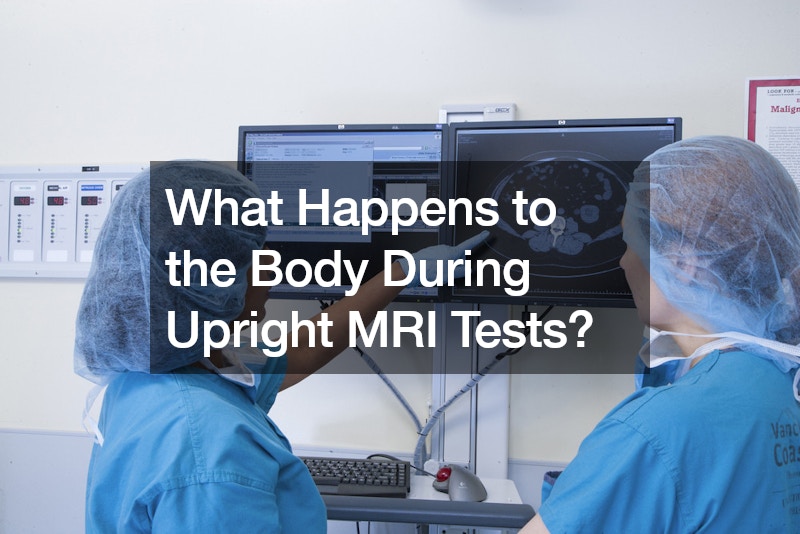Upright MRIs are gaining popularity for a reason-they offer a multitude of benefits that cater specifically to patients with chronic pain or mobility issues. These MRIs are a choice for many because they provide a sense of relief, being less restrictive and more comfortable. But what exactly happens during a scan? The YouTube channel RAYUS Radiology provides a detailed walkthrough of the process.
How is the Body Positioned During a Scan?
The body is positioned in a way that promotes comfort and relaxation, with two magnetic plates scanning. The patient has an open area in front of them and can even watch TV.
While some adjustment may be needed for a full view, the range of positions is far more accommodating, such as sitting or lying on their side.
Do Upright MRI Tests Differ From Traditional?
The upright MRI, while functionally similar to a traditional one, stands out in terms of positioning. It’s a game-changer for patients who wouldn’t be able to undergo a regular scan or are claustrophobic. This inclusivity and accessibility are key features of upright MRI scans, which also tend to be quieter than their traditional counterparts.
The Bottom Line
Getting an MRI scan can be irritating, especially if you have chronic pain or mobility issues. Laying completely still isn’t possible for most patients, so an upright MRI scan would be an excellent alternative.







